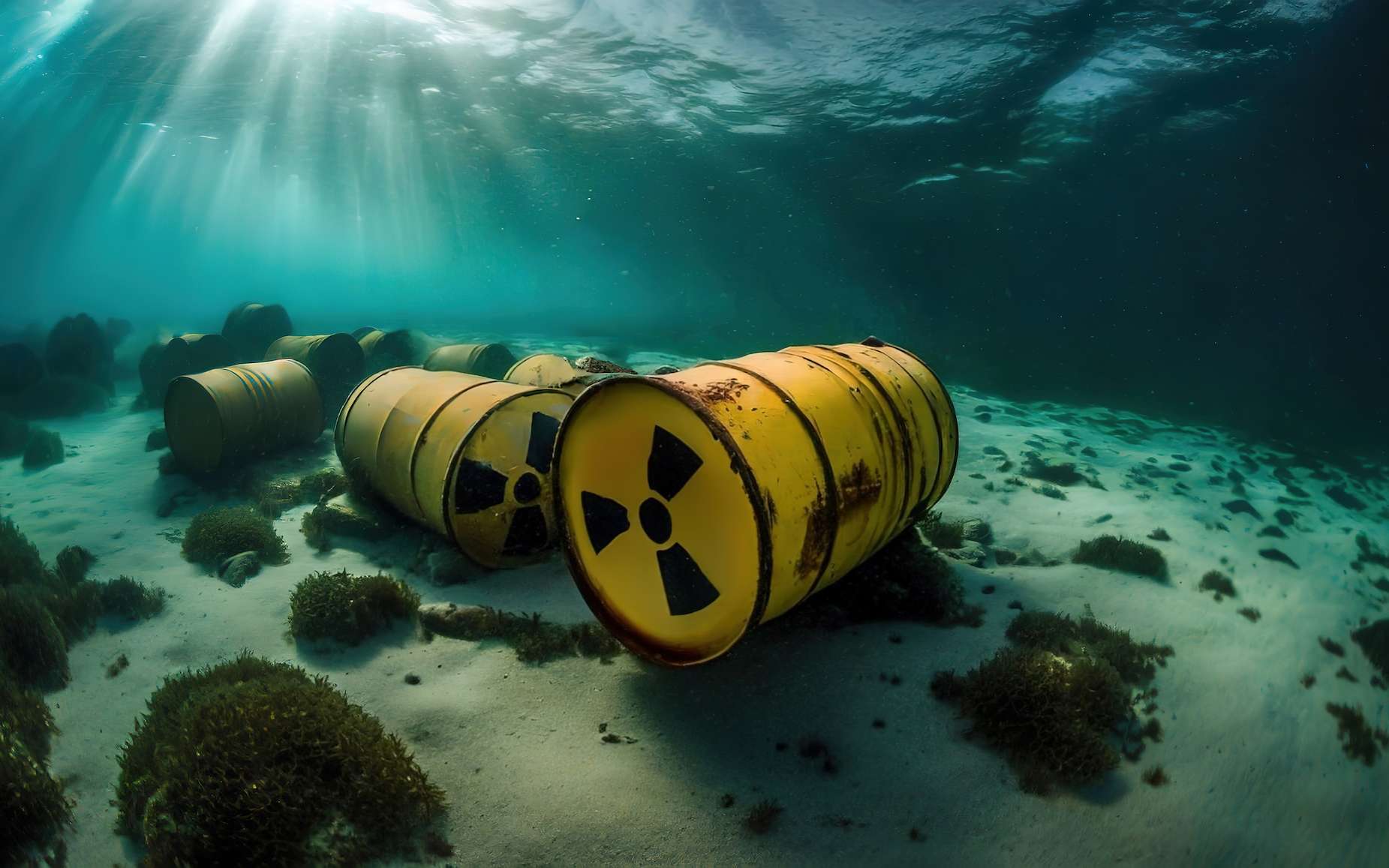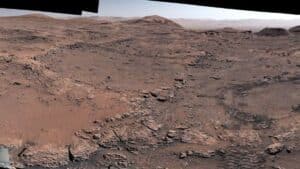In the depths of the Atlantic Ocean lies a disturbing legacy of our nuclear past. Between 1946 and 1990, over 200,000 radioactive waste barrels were deliberately dumped into the ocean’s abyssal plains. Today, French researchers are launching an unprecedented mission to track these potentially dangerous containers and assess their environmental impact.
The hidden nuclear graveyard beneath the waves
The disposal of radioactive waste has challenged scientists since the late 1940s when nuclear activities first began producing hazardous byproducts. During this era, the deep ocean was viewed as an ideal solution for a growing problem. Abyssal plains, located approximately 4,000 meters below sea level and hundreds of kilometers offshore, were mistakenly considered lifeless desert zones – perfect for permanently storing dangerous materials.
For over four decades, countries engaged in nuclear activities disposed of their radioactive waste through ocean dumping. These barrels, containing radioactive materials encased in bitumen and cement, were simply thrown overboard to sink to the ocean floor. This practice continued until 1990, when the London Convention finally prohibited ocean dumping of radioactive materials.
The scale of this disposal method is staggering:
- More than 200,000 barrels dumped
- Disposal operations spanning 44 years (1946-1990)
- Approximately 6,000 square kilometers of affected abyssal plain
- Depths reaching 4,000 meters below sea level
In 2019, Iceland Approved the 4-Day Workweek: Nearly 6 Years Later, All Forecasts by Generation Z Have Come True
At 94, He’s One of Apple’s Biggest Shareholders, and Doctors Can’t Explain How He’s Still Alive-Coca-Cola and McDonald’s Are Part of His Daily Routine
Project Nodssum: Tracking the invisible threat
Thirty-five years after the last dumping operations, French scientists are preparing to investigate what happened to these radioactive containers. The interdisciplinary mission, codenamed Project Nodssum, brings together experts from CNRS, Ifremer, and the French oceanographic fleet. Their primary objective is to precisely map the barrel locations before conducting environmental impact assessments.
The research team faces enormous challenges. They must scan approximately 6,000 square kilometers of abyssal plain with high-resolution sonar technology. Additionally, they will deploy the autonomous submarine UlyX, one of the few vessels capable of reaching such extreme depths. This sophisticated equipment will create detailed maps showing the exact position of each radioactive barrel.
The mission will unfold in two distinct phases:
- Detailed mapping of the entire disposal area using advanced sonar systems
- Targeted sampling of sediments, water, and marine fauna in the immediate vicinity of the barrels
It races through the universe at 300,000 km/s - and never runs out of energy
Beneath your feet: an ancient forgotten continent resurfaces in Europe
Scientific and environmental implications
The fundamental questions driving this research concern both the current state of these radioactive containers and their potential impact on deep-sea ecosystems. Scientists now recognize that abyssal plains are not the barren wastelands once imagined but host diverse and unique ecological communities.
Researchers will investigate whether the barrels have maintained their integrity or leaked radioactive material into the surrounding environment. They will also assess potential radiological risks and determine how marine organisms may have been affected by exposure to these materials over decades.
| Research Objectives | Methodology | Expected Outcomes |
|---|---|---|
| Barrel location mapping | High-resolution sonar scanning | Precise coordinates of all barrels |
| Container integrity assessment | Visual inspection via submarine | Determination of leakage levels |
| Environmental impact analysis | Sediment, water and fauna sampling | Contamination assessment |
This groundbreaking initiative represents the first comprehensive attempt to understand the legacy of oceanic radioactive waste disposal. The findings could dramatically reshape our understanding of deep-sea pollution management and inform future policies regarding the remediation of contaminated marine environments.
As Project Nodssum prepares to set sail this summer, the scientific community watches with anticipation. The mission’s discoveries may provide crucial insights into one of the most significant but least studied environmental challenges of the nuclear age.







